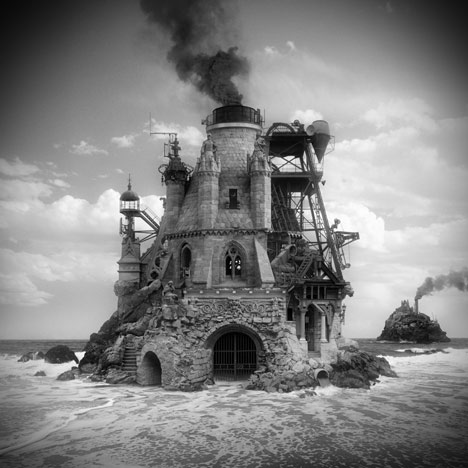
Hyper-collage photography by Jim Kazanjian
These fictional views of imaginary architecture and landscapes are photographic collages produced by American CGI artist Jim Kazanjian.
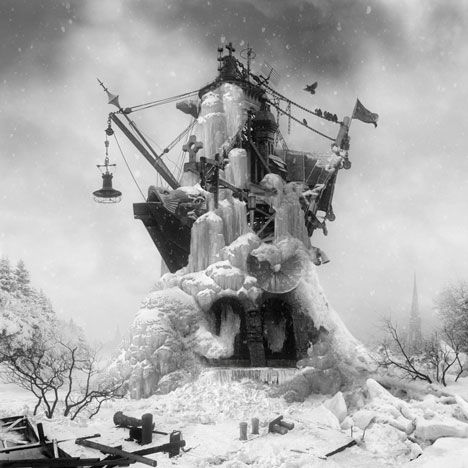
Above: untitled (tomb), 2012
Top: untitled (temple), 2012
Kazanjian never takes any photographs himself, but instead combines as many as 50 images found on the internet to create each collage in the series.
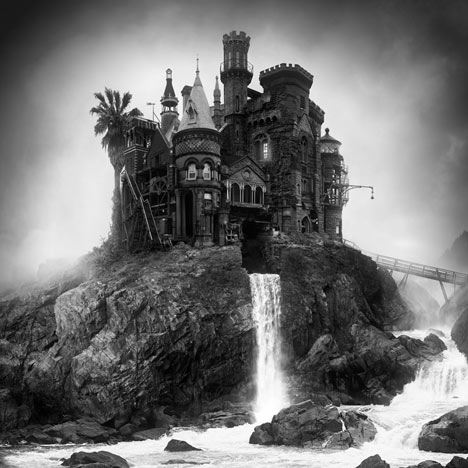
Above: untitled (chateau), 2011
"My method of construction has an improvisational and random quality to it, since it is largely driven by the source material I have available," says Kazanjian. "I think of the work as a type of mutation which can haphazardly spawn in numerous and unpredictable directions."
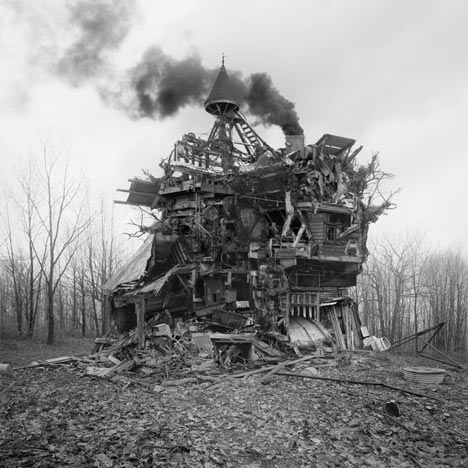
Above: untitled (folly), 2010
His latest two images (top) are referred to as "temple" and "tomb", and show a fortification that appears to be sat on a beach and an entanglement of scaffolding structures engulfed beneath a layer of snow and ice.
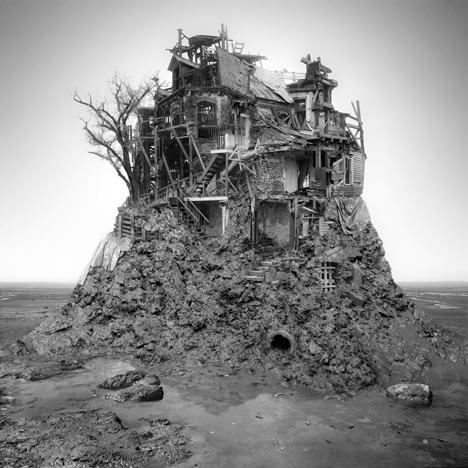
Above: untitled (low tide), 2009
The artist cites the horror novels of early twentieth century writers H.P. Lovecraft and Algernon Blackwood as inspiration. He explains: "I am intrigued with the narrative archetypes these writers utilise to transform the commonplace into something sinister and foreboding."
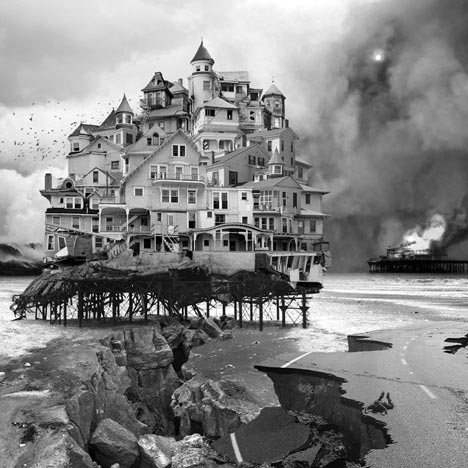
Above: untitled (house), 2006
Jim Kazanjian started the series in 2006. His first image featured a dense cluster of buildings balanced above a crumbling pier (above), while others completed since then include a crumbling house being struck by lightning (below) and a castle-like building atop a waterfall.

Above: untitled (exterior), 2010
Other manipulated photography projects completed recently include images of houses that appear to be sailing through the sky and collaged landscapes that form complete circles. See more manipulated photography on Dezeen.
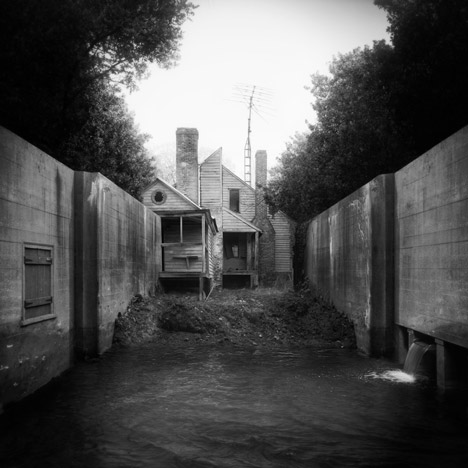
Above: untitled (backyard), 2011
Here's a statement from Kazanjian:
My images are digitally manipulated composites built from photographs I find online. The technique I use could be considered "hyper-collage". I cobble together pieces from photos I find interesting and feed them into Photoshop. Through a palimpsest-like layering process of adding and subtracting, I gradually blend the various parts together. I am basically manipulating and assembling a disparate array of multiple photographic elements (sometimes more than 50) to produce a single homogenized image. I do not use a camera at any stage in the process.

Above: untitled (outpost), 2008
My method of construction has an improvisational and random quality to it, since it is largely driven by the source material I have available. I wade through my archive constantly and search for interesting combinations and relationships. Each new piece I bring to the composition informs the image's potential direction. It is an iterative and organic process where the end result is many times removed from its origin. I think of the work as a type of mutation which can haphazardly spawn in numerous and unpredictable directions.
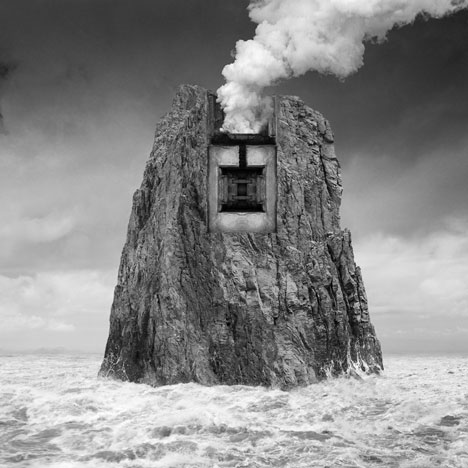
Above: untitled (fortification), 2008
I've chosen photography as a medium because of the cultural misunderstanding that it has a sort of built-in objectivity. This allows me to set up a visual tension within the work, to make it resonate and lure the viewer further inside. My current series is inspired by the classic horror literature of H.P. Lovecraft, Algernon Blackwood and similar authors. I am intrigued with the narrative archetypes these writers utilize to transform the commonplace into something sinister and foreboding. In my work, I prefer to use these devices as a means to generate entry points for the viewer. I'm interested in occupying a space where the mundane intersects the strange, and the familiar becomes alien. In a sense, I am attempting to render the sublime.
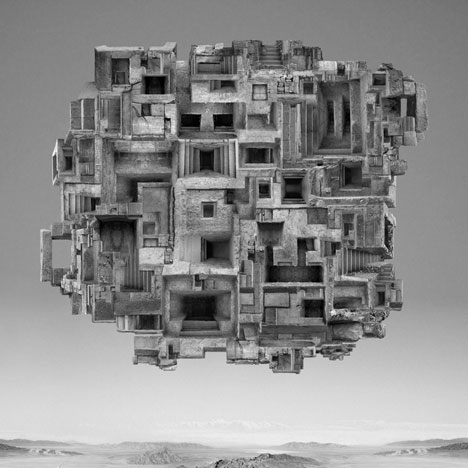
Above: untitled (structure), 2007